History
The history of Stella Bernrain
The history of Stella Bernrain began in 1925 and 1928 in two different locations. Read here how Stella and Bernrain teamed up to continue the story of the finest Swiss chocolate together.
2021
Stella Bernrain moves into the new premises in Kreuzlingen. The new building houses Café Stella together with the SchokoLaden chocolate shop as well as the production facility with its state-of-the-art equipment – now occupying a production space of 3700 m2.
2016
The new Chocolat Stella shop opens at the railway station in Bellinzona.
2013
Chocolat Stella moves into modern, new production facilities and obtains a large part of its energy requirements from a heat pump. In Kreuzlingen, a photovoltaic system positioned on the warehouse roof supplies the company’s own electricity.
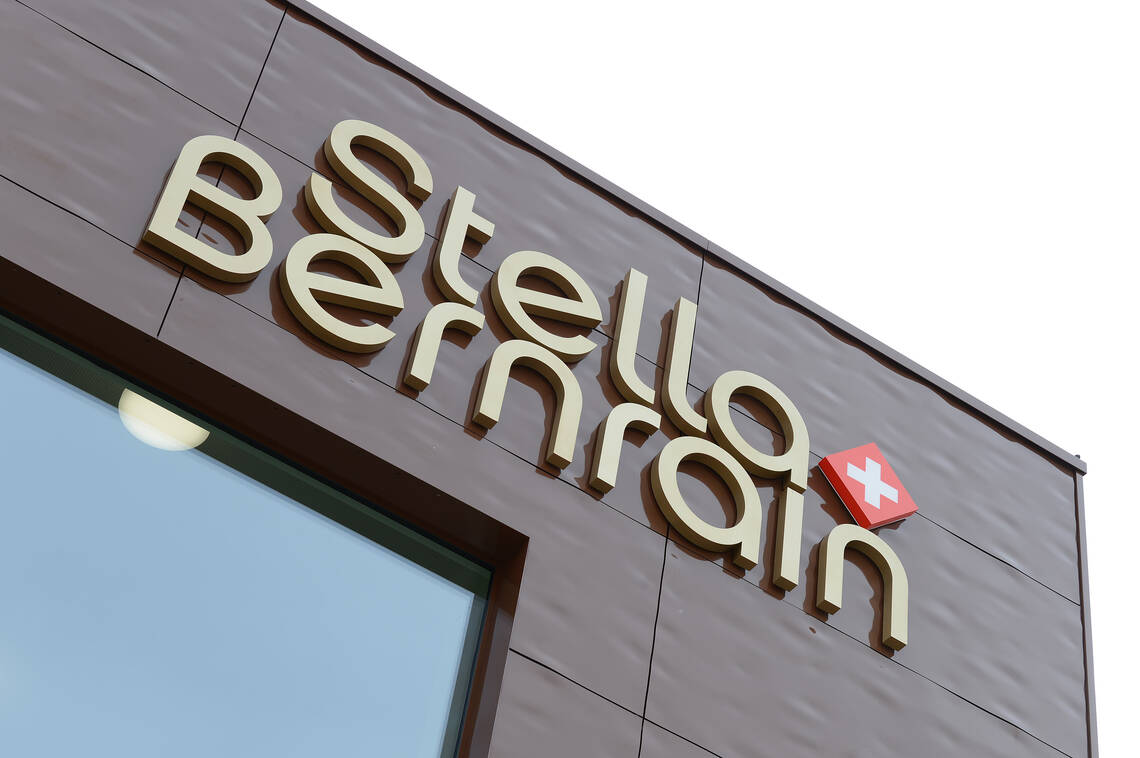
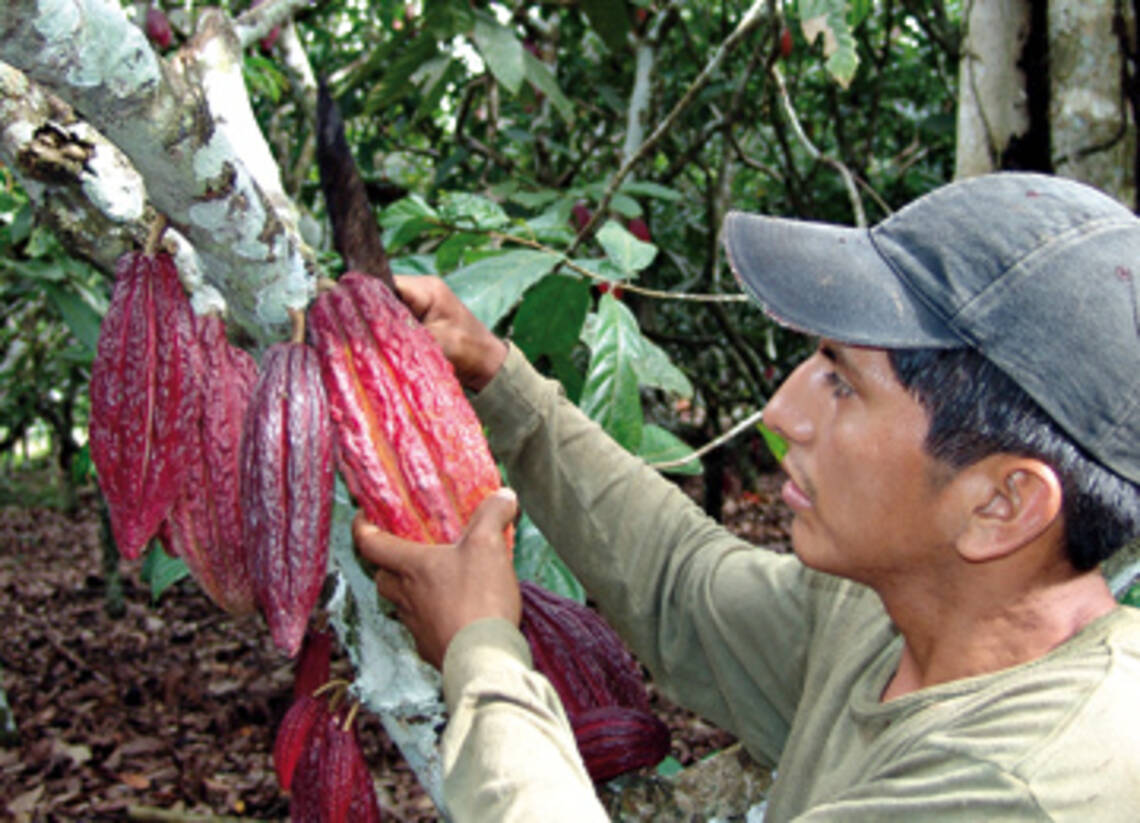
2001
Monica Müller, the daughter of Adalbert and Ursula Müller, decides to pursue a future career in the family firm and fully familiarises herself with the chocolate business.
1991
Working together with OS3, now known as claro fair trade AG, one of the world’s first Fair Trade chocolates is developed. The cocoa is supplied by the El Ceibo cooperative of smallholders in Bolivia, the sugar by the Alter Trade cooperative in the Philippines.
In the same year, the first organic chocolate is produced for Pronatec AG. To achieve this, Pronatec supplies the patented sugar Sucanat.
Over the years, partnerships continue to grow with various cooperatives in South America and Asia. Stella Bernrain supports producers in the construction of fermentation and drying facilities, the establishment of tree nurseries and with training programmes.
1980
Dr Vanotti’s children express no interest in taking over the management of Chocolat Stella. He sells his company to Chocolat Bernrain AG.
1980
The continual expansion is also accompanied by the demand for sustainable production. A heat recovery system cuts fresh water consumption by 98 per cent, reduces the company’s reliance on external energy and lowers CO2emissions.
1965
Adalbert Müller follows in the footsteps of his parents and, at 28 years of age, takes over the management of Chocolat Bernrain AG. His wife Ursula Müller manages the factory shop.
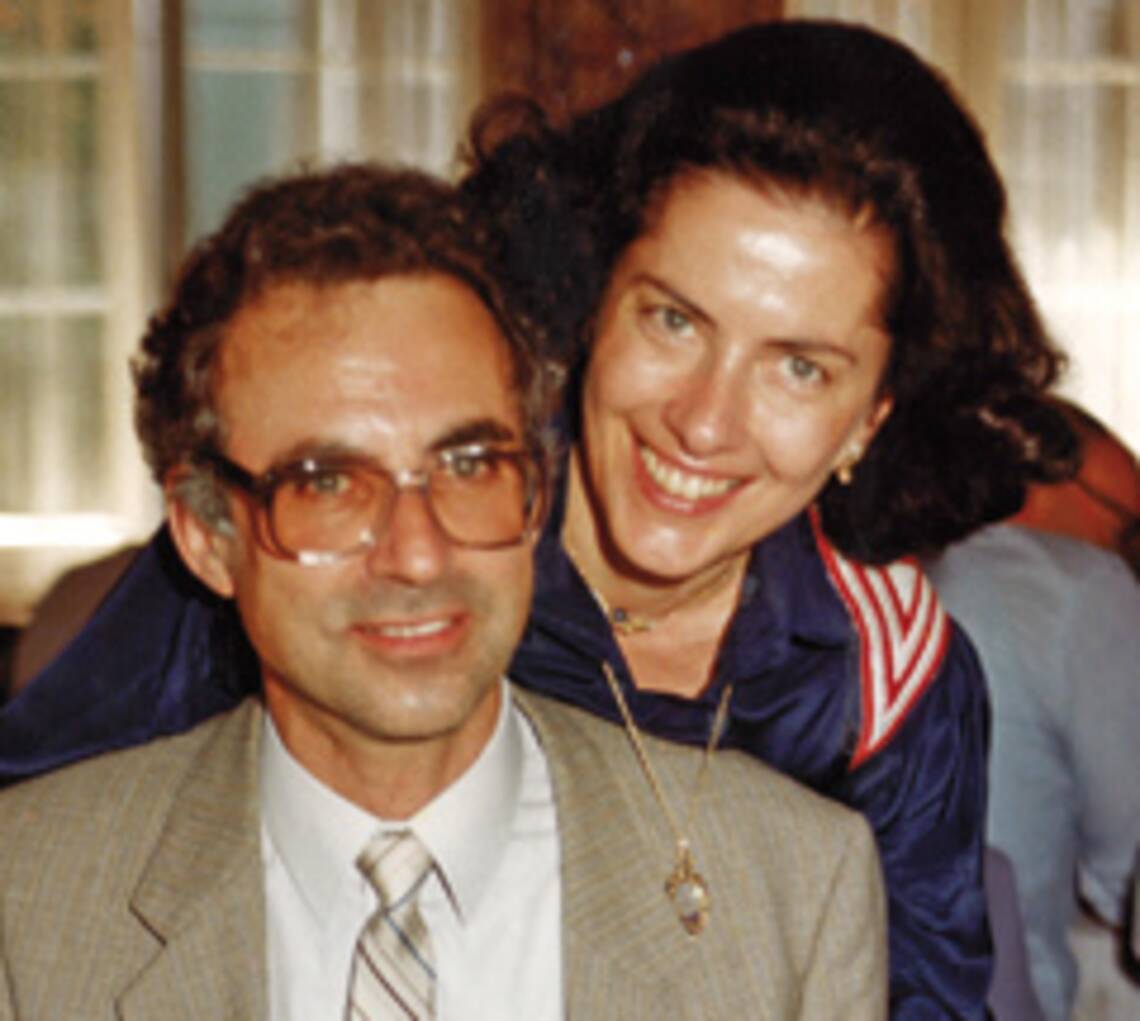
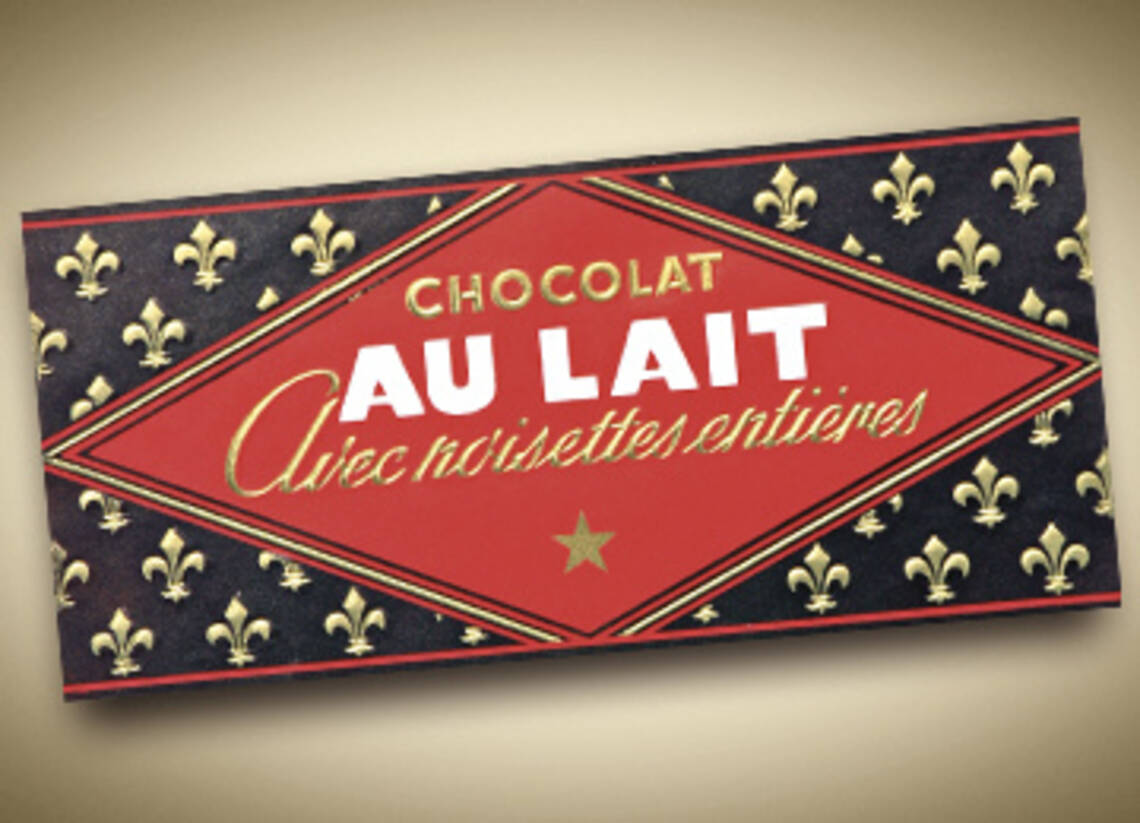
1960
Dr Franco Vanotti, the nephew of the founder of Chocolat Stella, develops the first sugar-free chocolate in Switzerland.
1956
Karin and Walter Müller take the bold step from their artisan production methods to industrial manufacturing with the construction of a modern chocolate factory.
1955
A strategic decision is taken with the production of the first private label chocolate in Switzerland for the “Lebensmittelverein Zürich” (Zurich Co-operative Food Stores). This marks the beginning of a focus on niche products.
1950
Karin and Walter Müller purchase Chocolat Bernrain. The young couple and their two sons move to Kreuzlingen.
1947
Walter Müller decides to start up his own business. In the 300-year-old family home, he and his wife Karin produce chocolate-covered marshmallows, “branches” (chocolate twigs) and liqueur-filled chocolate bottles. The products become extremely popular and the production rooms soon become too small.
1932
Heinrich Weibel establishes the Bernrain chocolate factory and delights his customers with confectionery products, chocolate-covered marshmallows, “hüppen” (filled wafer rolls) and “branches” (chocolate twigs).
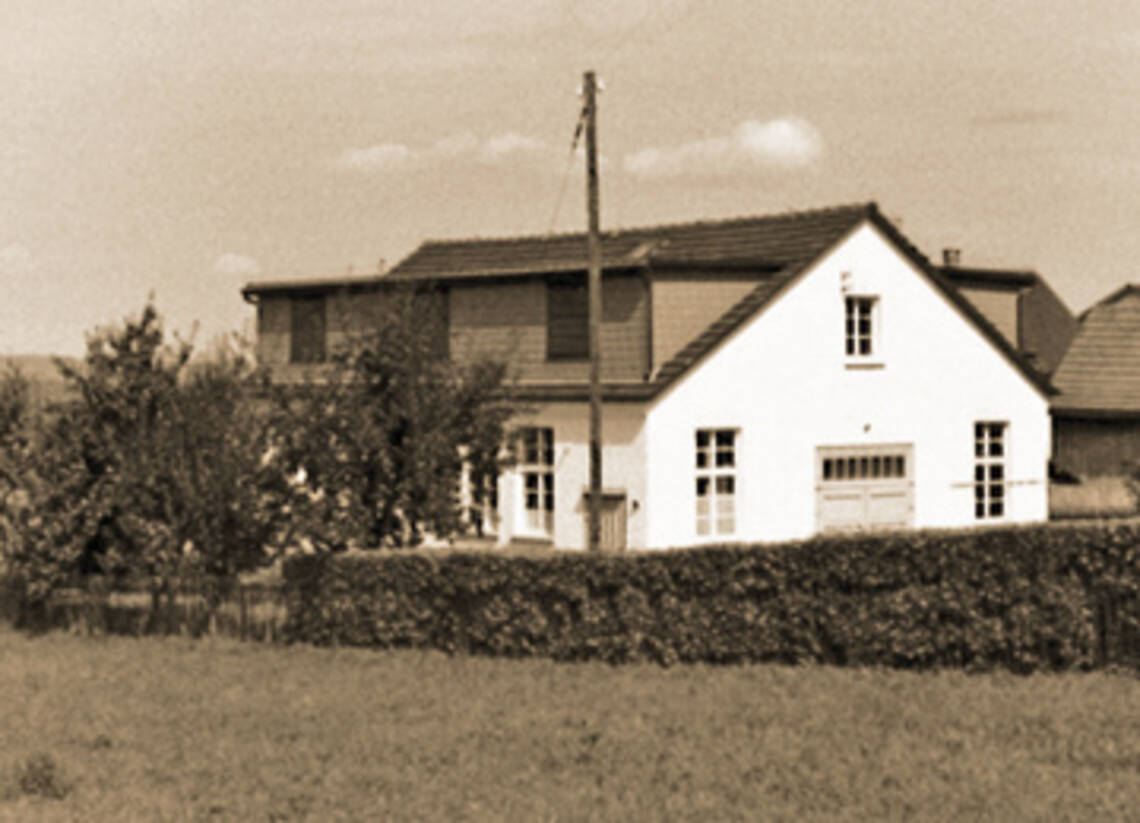
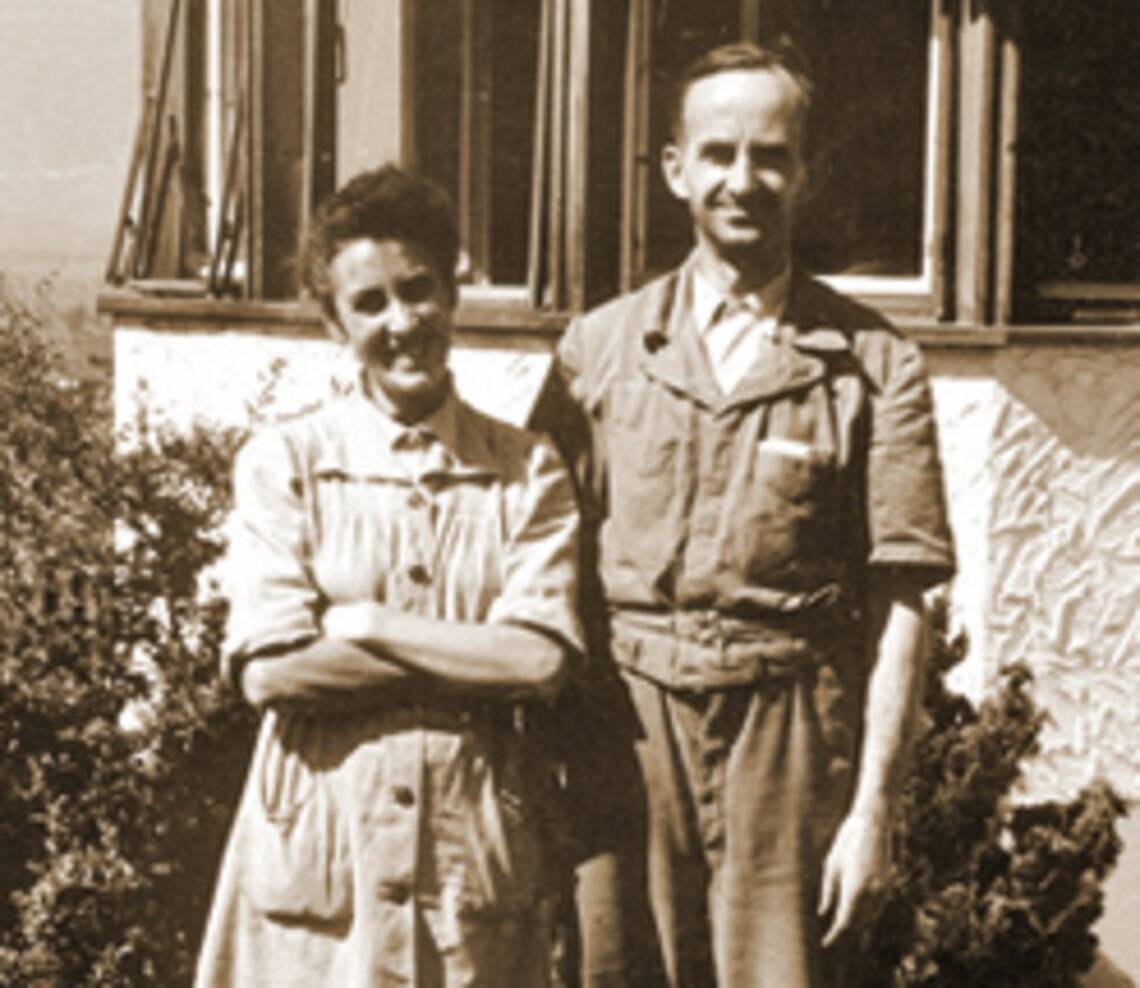
1928
Achille Vanotti founds Chocolat Stella, makes a name for himself with excellent chocolate and invests imaginatively in the “Stella” brand throughout Switzerland.
1925
Walter Müller lays the foundations for his later entrepreneurship by completing an apprenticeship as a confectioner. He then gains experience working in various confectionery shops and French hotels, and later learns the chocolatier’s trade from scratch in Zurich.